Ranging from tiny grasses in our lawns to the gigantic 40-meter giant bamboos, grassland biome covers over fifth of Earth's land area!
Making up to 40% of the earth’s terrestrial surfaces, grasslands are one of the major biomes of the earth. And they are everywhere, except for icy cold Antarctica! Grasslands can be defined as areas with a high cover of grass-like (family Poaceae) vegetation, often in open plains and with gentle slopes. Everywhere on earth grasslands provide an important functional ecosystem at various levels - local, regional, and global. It is often referred to as a transitional landscape because they are found in regions where there is either very less rain for the forests to grow or too much rain for the forests to grow. They are dominated by graminoid-like vegetation, with very little to no trees. Prominent plant species include grasses, sedges (family Cyperaceae), and rushes (family Juncaceae) and are found in plenty here. In some parts of the world, grasslands are endangered. The reason for their decline is either natural or human activity. For example, in Australia, many grasslands are categorised as threatened, which, if not conserved, will turn into deserts.
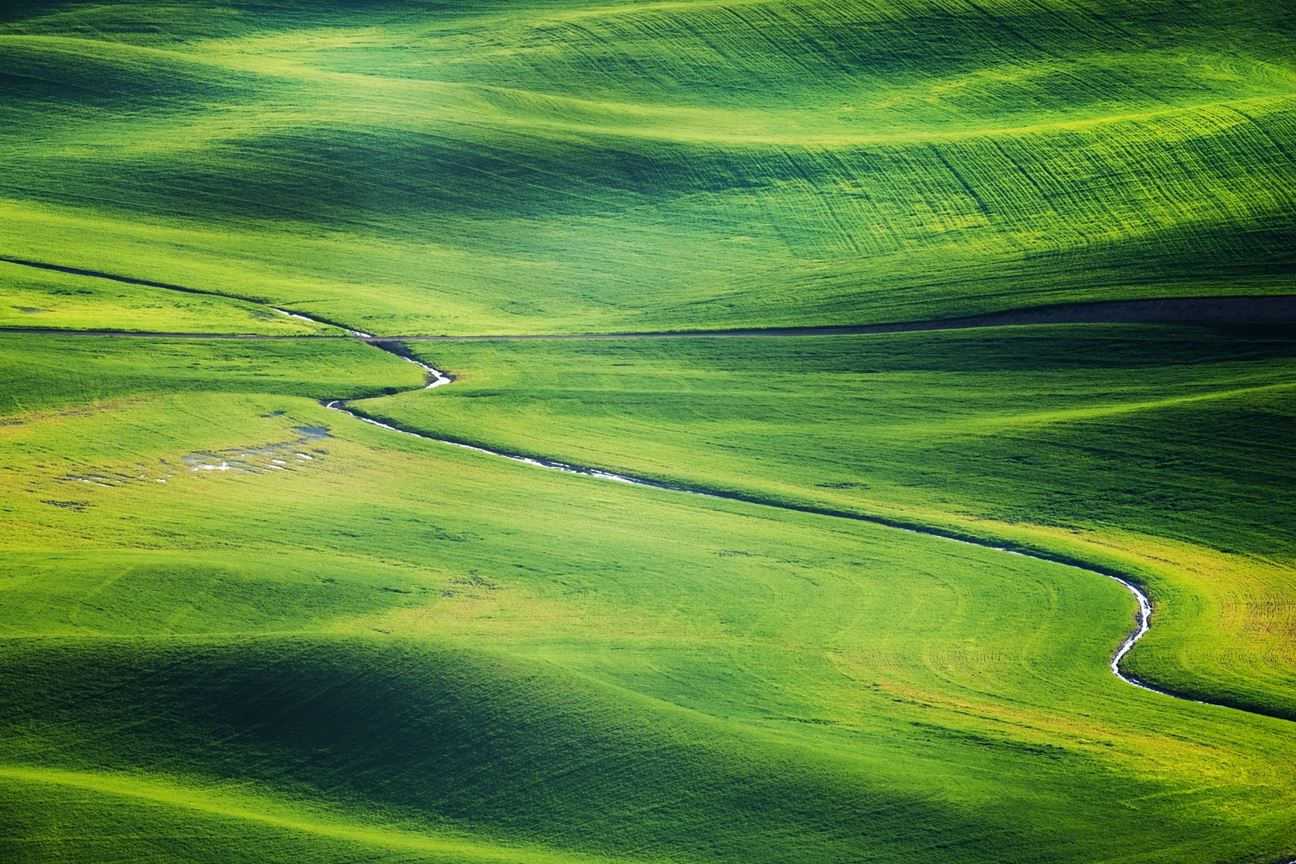
Grasslands are quite diverse! While grass-like plants dominate the habitat, other plant species also contribute to this biome’s diversity and richness. Due to their high root to shoot ratio and allocation of biomass over a selected area, the land here is high in organic matter and is highly fertile.
Global Distribution and Climate
Grasslands have an extensive global distribution - the prairies of North America, the steppes of Eurasia, the velds of southern Africa, downs of Australia, and the pampas of Argentina. While it is believed that grasslands are not present on the continent of Antarctica, there is are grass species called the Antarctic hair grass that grow on its many islands. Grasslands are found at sea levels (Atlantic Coastal Plain Beach and Dune) as well as at elevations up to 4,500 meters (Northern Andean Paramo).
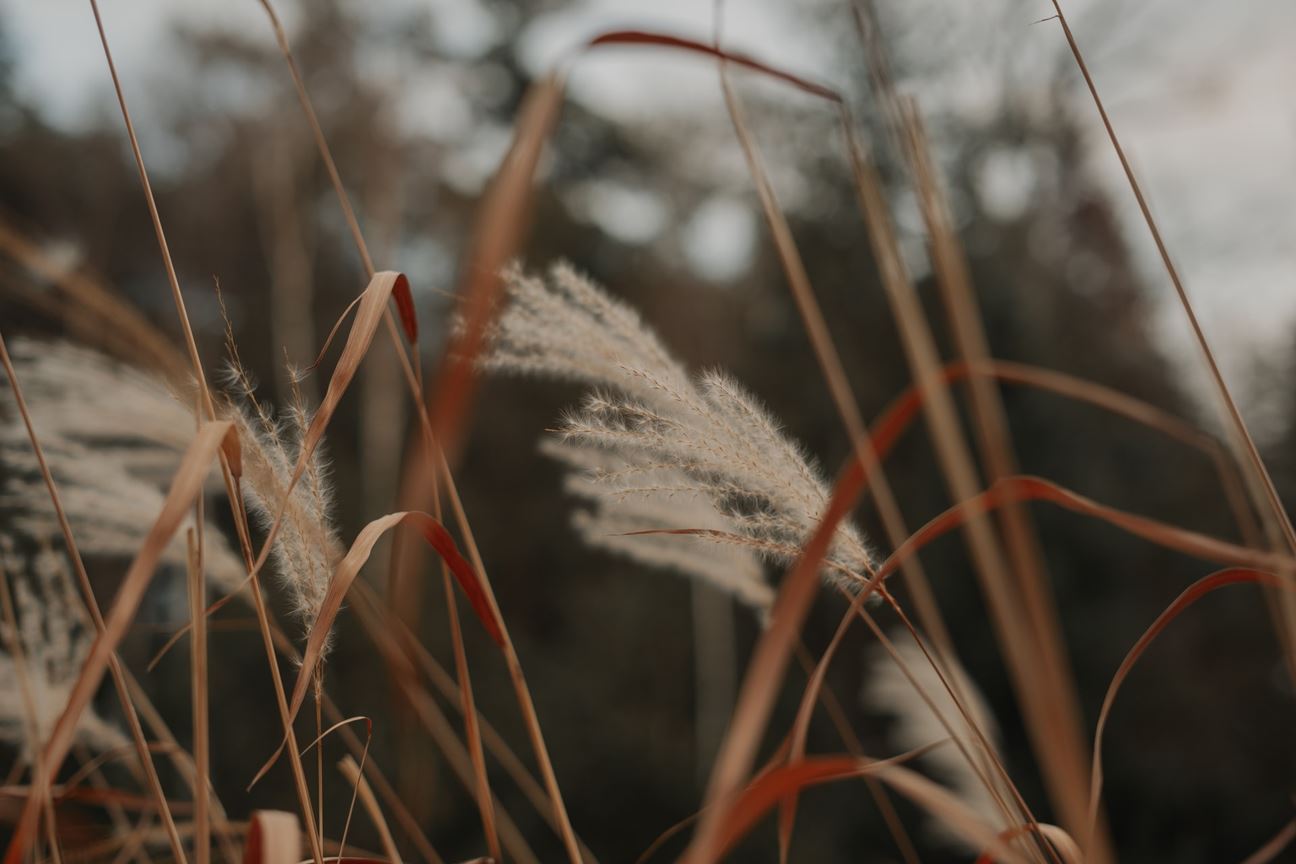
Given their widespread distribution, grasslands can survive under a wide range of climatic and geographical conditions. The range of annual average temperature and annual average precipitation is quite broad. Temperatures vary between 0°C and 30°C while the rainfall varies between 250 millimetres and 1000 millimetres. As compared to other biomes, grasslands are highly responsive to the variations in climatic conditions. And this can be established when one correlates the mean rainfall to the properties of grassland such as its ability to capture solar energy, its resilience to atmospheric stress, and organic matter accumulation. This responsiveness is also because of the relatively higher density of plants compared to other ecosystems.
Evolution of grasslands
Fossils found in Chile show the existence of grasslands for around 30 million years! Over time, as the earth began to cool, the lack of moisture in the air made it difficult for many species to survive. But grasses evolved to have a more efficient method of synthesising food, which made them survive in the arid regions too. This allowed the survival and spread of grass all over the world, making them one of the most versatile plant species. Grazing mammals also possessed a threat to the survival of grasslands, but grasses thrive upon constantly being grazed upon, and hence this only proved to their advantage. Another reason that helped the grasses survive was its roots that comfortably lie beneath the ground. Even when grazed up, the roots still remain intact. When humans started farming, mowing turned advantageous for the grass, and thus, grasslands started to coexist with other plant and animal species.
Types of Grassland
Based on the types of vegetation and their locations, grasslands are classified into the following types:
- Tropical and subtropical grasslands
Found on all continents except for Antarctica, the tropical and subtropical grasslands are dominated by grass and other herbaceous plants. These grasslands are prominently found in most parts of Africa, South Asia, Southeast Asia, eastern parts of South America, the northern part of Australia, and south-eastern parts of the United States. Also called the savannas or shrublands, the tropical and subtropical is a terrestrial biome that is located between semi-arid and semi-humid regions. These areas receive between 40 to 50 inches of rainfall every year. But this rainfall may not be equally distributed throughout the year. They have two main seasons - hot summers and wet monsoons. The plains are dominated by tall grasses, with just a few trees. Acacia and baobab, along with some low shrubs, make up the flora in the region. Large mammals such as lions, elephants, wildebeest, buffalos, and zebras are commonly found in these regions.
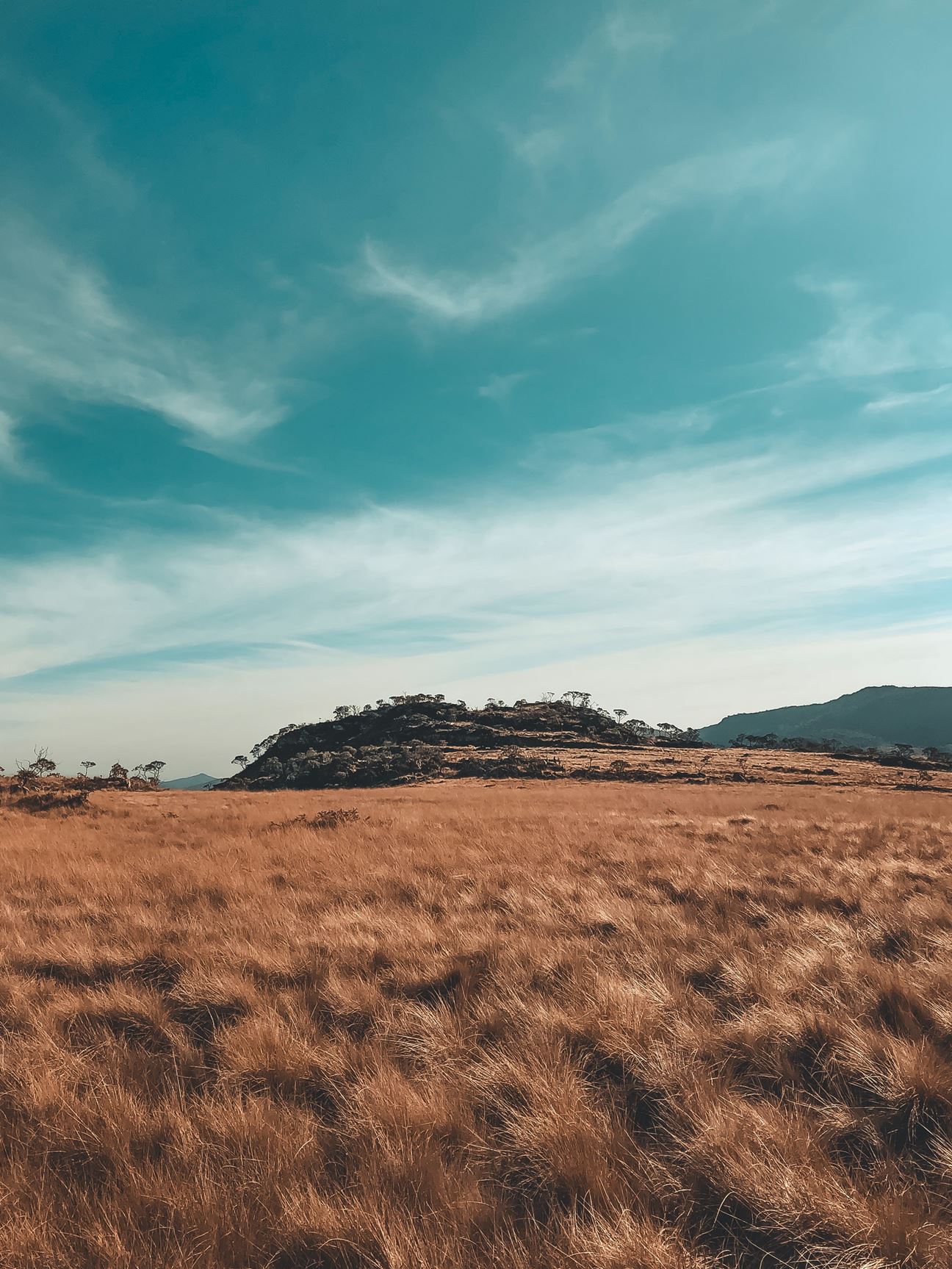 Brown grassland as seen in Cruzília, Brazil
Brown grassland as seen in Cruzília, Brazil
Like the tropical and subtropical grasslands, temperate grasslands are also found in areas with large open spaces and very few trees. However, one major difference is the climate. Temperate grasslands are found in colder regions, away from the warm equator. In the winter months, the temperatures here can even fall below 0°C. The annual average rainfall is between 20 to 35 inches. Fires, tornadoes, and blizzards are very common in the temperate grasslands. Due to location, high winds generate sudden storms, which result in blizzards. In the summer months, the temperatures are warm, and the same winds result in the spread of fires. These fires can start because of lightning and human activity.
As the most common type of grassland, these are found everywhere in the world including North and South America, Africa, Europe, Asia, and Australia. Vegetation in temperate grassland includes both taller and shorter blades of grass. Cacti, wild indigos, sunflowers, sagebrush, and clovers are some of the most common plants. The fauna here includes many large herbivores like gazelles, bison, rhinoceroses, and wild horses. Smaller animals like coyotes, foxes, prairie dogs, and deer are also found here.
Flooded grasslands are located close to the equator, at the tropical and subtropical latitudes. As the name suggests, the grasslands are characterised by a very wet climate and are 'flooded' all year long. The summers here are warm, and the soil is extremely rich in nutrients. These plains are home to a variety of sea-bearing plants, birds, and fish. Flooded grasslands and savannas are found in Everglades, the largest rain-fed grassland. Other locations include Pantanal in Brazil, which is also the largest wetland on earth, Lake Chad flooded savanna in central Africa, Zambezian flooded grasslands in eastern Africa and Saharan-Sudd in Sudan. While these grasslands are flooded almost all year long, a water-meadow is a type of area that is flooded only for a short period. This flooding is usually controlled.
- Montane grasslands and shrublands
The Montane grasslands and shrublands are situated at higher altitudes and are dominated by shrubs and herbs like the herbaceous perennials, short woody grasses, and plants that are not taller than 1 to 2 meters in height. Giant-rosette plants like dandelions and cabbage family, tussock grasses, evergreen, coriaceous, and cushion plants are commonly found in these grasslands. Lobelia, Argyroxiphium, Puya, and Cyathea are some plant varieties found in these ecosystems. Animal life includes Tibetan antelope, Tibetan wild donkey, Tibetan wild ass, and kiang. The puna and páramo regions of South America, subalpine zones of New Guinea and East Africa, and steppes of the Himalayan regions are some main ecoregions of the Montane grasslands.
The tundra grassland is yet another type of grassland biome. It is located in the polar region in the Northern Hemisphere. Given the extreme climatic conditions at the pole, the permafrost, and the lack of moisture in the soil, grasslands are scarce here. It was during the ice age that steppe-tundra or mammoth steppe occupied large land areas, which also supported a variety of fauna. But the earth started getting warmer, the ice melted, and the grasslands turned into forests. Parts of Eurasia that did not turn into forests are today known as the Eurasian Steppe.
- Desert and xeric grasslands
Desert and xeric (meaning dry) grasslands make for 19% of all the grasslands on the planet. As the name suggests, these regions receive very little rainfall - less than 250 millimetres a year. The climate here is quite diverse; for example, the Sahara desert and Gobi desert, which are quite warm during the summer months, but experience harsh cold during the winter months. Yet these grasslands support a rich variety of flora and fauna. Plants here have evolved to minimise water loss.
Grassland Vegetation
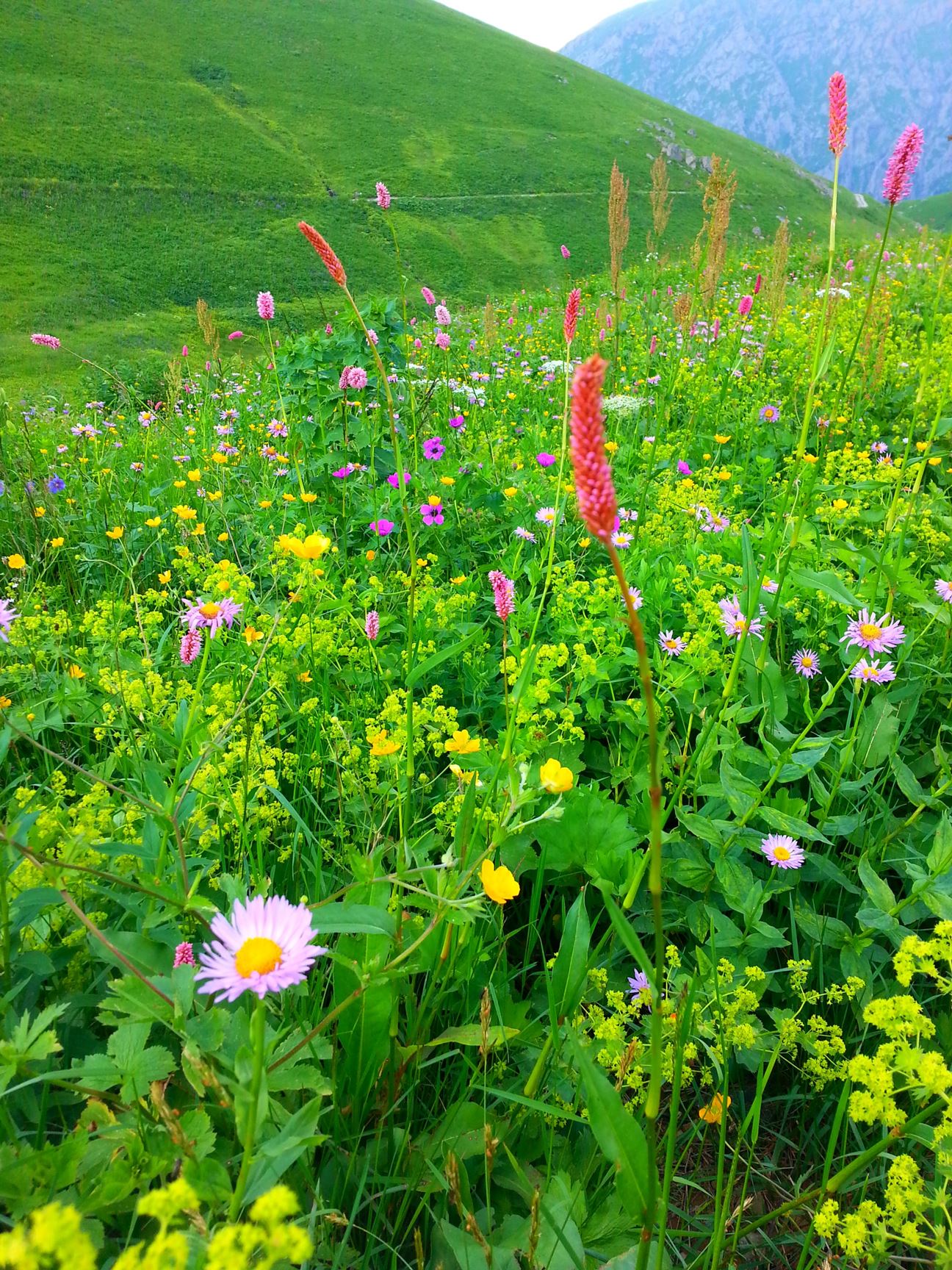
As seen before, grasslands are dominated by grasses that feature a significant amount of diversity. So much so that the Pampa region of Argentina has over 400 species of grasses alone. In the Tallgrass Prairie of North America, you will find over 250 varieties of grass. Vegetation in grasslands also shows a wide spatial variation. In smaller areas, grass communities can be species-rich, but when examined over larger areas, they are structurally similar and simpler. Two types of grass grow in grasslands - short grass and tall grass. Some examples include Big Bluestem or turkey foot, Switchgrass which can grow 7 feet tall, Blue Gama which flowers from July through October, Buffalo Grass which support grazing buffaloes, Rhodes Grass that can grow 5 feet tall, and Red Oat Grass that can grow 3 feet tall. Trees in grasslands are rare but include Crataegus, Quercus Robur, Corylus Avellana, and Betula Pendula.
Grassland Wildlife
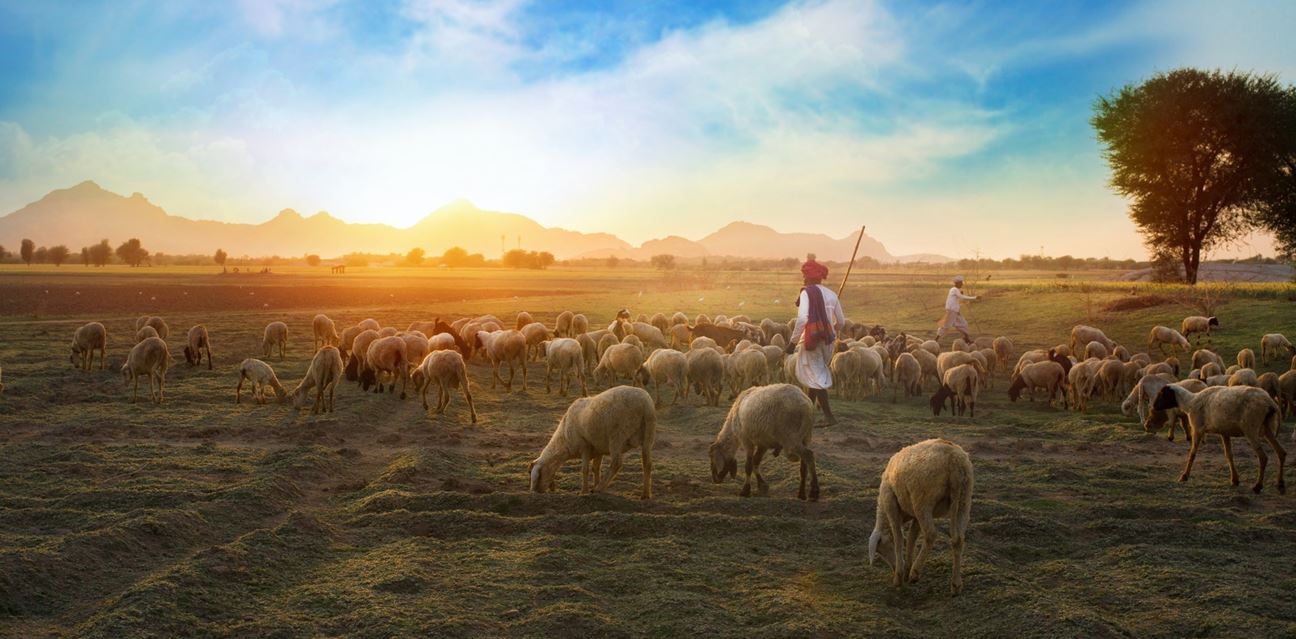 SHeep grazing in Sheoganj, India
SHeep grazing in Sheoganj, India
As with the vegetation, the wildlife in grasslands is also diverse. But if you compare the animal diversity to other biomes, the overall wildlife diversity in grasslands is less - representing only 5% of the world’s wildlife species. There are about 477 number of bird species and 245 number of animal species. In some regions, local diversity can be high. For example, Tallgrass Prairie is home to over 200 bird species alone. Interestingly, large herbivores help in the functioning of grasslands as grazing makes up to the further production of grasses. Grazing animals, herd animals, and predators together make up the fauna of the grassland ecosystem. A vast variety of insects, birds, large and small mammals, and reptiles co-exist here. This includes jaguars, lions, African elephants, blue wildebeest, greater one-horned rhino, mites, and earthworms among many others.
Threats
Although grasslands are naturally occurring and make up most of the earth’s terrestrial surface, they are also among the most impacted due to human-induced activities. This is mainly because the region's high fertility and productivity make it conducive for cultivation, agricultural farming practices, livestock grazing, and production of domestic livestock. As a result, the quality of the grasslands and their spatial extent are both rapidly declining. Grasslands are also home to several animal species. And thus clearing out vast areas of grasslands can even lead to the extinction of a few wildlife species.
Given the many global change phenomena, it is important to put in place a mechanism that will help determine the ecosystem's response to changes in diverse environmental conditions. A better understanding of this will help in conservation and, when needed, restoration of grasslands.